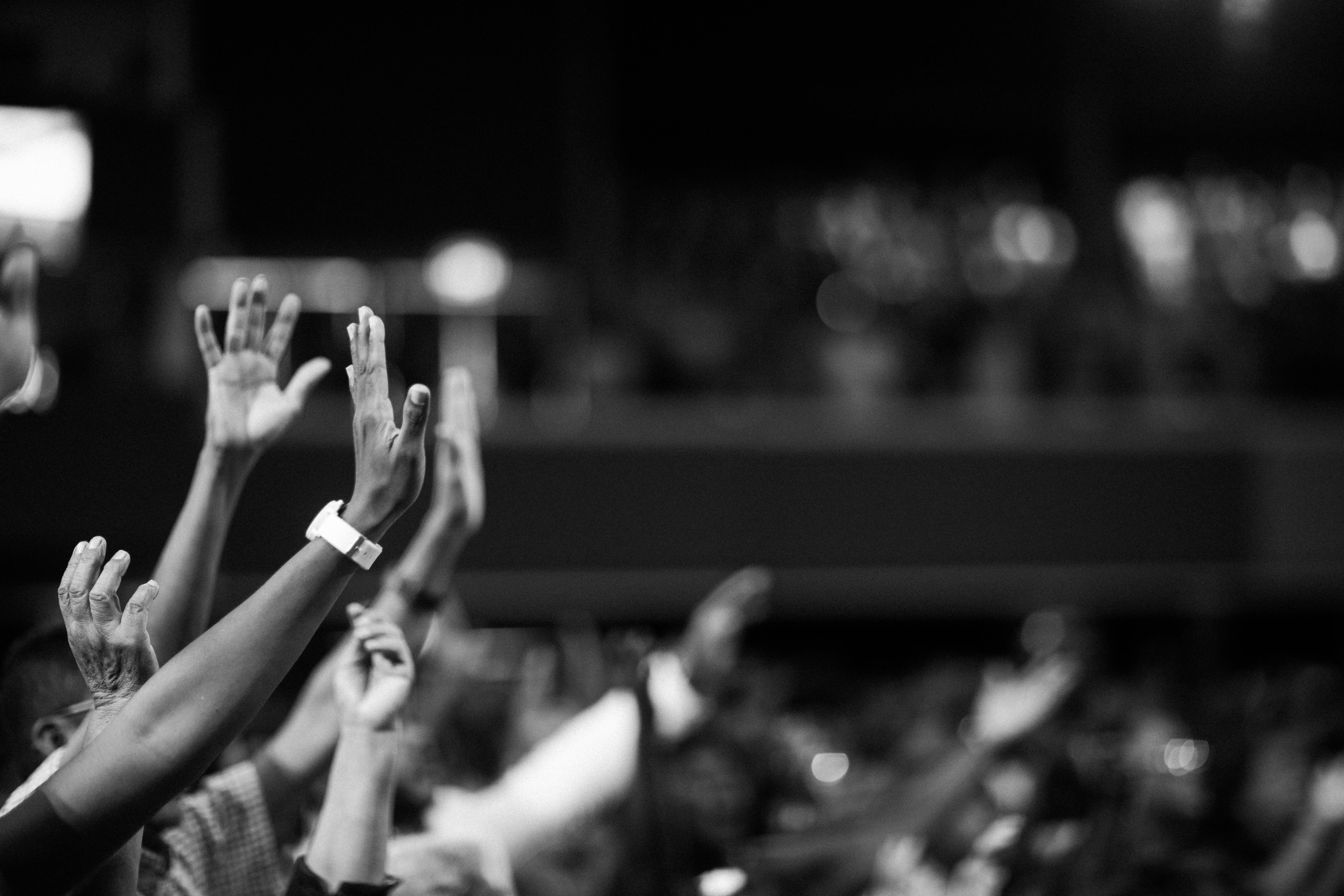The 4 Faces Of America’s Nones

The Story: A major new survey reveals the religiously unaffiliated “nones” aren’t all the same. How should that shape our approach to reaching them with the gospel?
The Background: In a study of 15,296 Americans, researchers Ryan P. Burge and Tony Jones used machine learning to better classify those who claim no religious affiliation (a.k.a., the “nones”). The researchers identify four distinct categories of nonreligious Americans.
The first group they labeled Nones in Name Only (NiNos). Despite not identifying with organized religion, this group—21 percent of the entire nonreligious sample—is actually quite religious. About half of this group pray daily. One-third also believe in God without doubt, and one-third attend worship services annually. Burge notes this group represents a methodological challenge for researchers studying religious affiliation because they “aren’t able to classify themselves properly based on the current approach to asking about religious affiliation.”
The second, and largest, group is Spiritual but Not Religious (SBNRs). This group, 36 percent of the respondents, rejects organized religion but embraces spirituality through practices like meditation, yoga, and nature walks. They rarely attend services or pray, and only 5 percent believe in God with certainty. Instead, they believe in a “Higher Power.”
The Dones, who make up 33 percent of the sample, are completely finished with religion and spirituality. They engage in virtually no religious practices, with 99 percent saying they never pray, and only 2 percent saying they attend worship. Seventy-seven percent of this group believe human existence ends entirely at death, compared to 26 percent of NiNos and 39 percent of the SBNRs.
The smallest group, at 11 percent, is the Zealous Atheists. They try to convince others to abandon religion (75 percent say they attempted this in the past year). Zealous Atheists are often encountered in online religious debates and tend to be combative and mocking toward religious beliefs, yet they maintain slightly more engagement with religion than the Dones (about 17 percent of this group say they attend a house of worship once a year, and about that same number have prayed just a little bit in the prior year).
What It Means: What do you think of when you hear the term “nones”?
Those of us who spend too much time online or are old enough to remember the age of the New Atheists (c. 2004–12) likely think of Zealous Atheists. People who live and work in secular urban areas may picture a tarot-reading, new-agey SBNR. Younger generations of Christians who have seen their friends go through the process of deconstruction or deconversion might associate the term with the Dones.
As Burge and Jones’s survey shows, all of us are likely to be right. Yet our preconception could be causing us to miss the broader picture. The label “nones” has served as a helpful shorthand for describing the religiously unaffiliated. But if we assume they’re some monolithic group that fits our preconception of nonreligious, we may miss opportunities for effective evangelism and apologetics.
Recognizing this diversity should also temper the fears we may have as evangelicals of being demographically overtaken by the nonreligious.
The demographic shift in religious identification has been concerning. Over the past two decades, nones have grown from about 16 percent of the population in 2007 to 30 percent in 2022, while Christianity declined by 16 points during that same period, from 78 percent in 2007 to 62 percent in 2023. As a percentage of the population, nones outnumber evangelicals. But after 15 years of steady growth, the number of nones appears to have plateaued around 28 percent. We also now see that nones aren’t a monolithic mass of God-rejecting secularists but four distinct groups, some of whom remain surprisingly open to matters of faith.
For example, NiNOs aren’t aligned with organized religion but still pray and maintain belief in God. Rather than assuming they’ve rejected Christianity (as the Dones have), we can understand better by simply listening to them. We might be surprised to find they’re unaffiliated with organized faith not because they’ve rejected it but simply because they’re unfamiliar with it. They might be a NiNo simply because no one has ever invited them to a gospel-proclaiming church.
Engagement with SBNRs will likely look much different. Pointing out that their “higher power” is really the God of the Bible can be persuasive, as Paul shows us (Acts 17:23). But people who seek spirituality in nature may not be easily won over by common apologetic arguments. Instead, it may be more fruitful to introduce them to a Christian community. Being around followers of Jesus may lead them to want to explore areas of faith they’ve never before considered plausible.
In contrast, if we treat all nones as SBNRs, we may be unprepared to address the “church hurt” of the Dones or the intellectual doubts of the Zealous Atheists.
Not every Christian is called, of course, to develop an apologetic approach for each of these four groups. But we can become better prepared to share the gospel with the type of nones we’re most likely to meet or know. We should also be prepared, as 1 Peter 3:15 tells us, to give a reason for the hope we have—and ideally to do it in a way that resonates with our hearers.
The Great Commission hasn’t changed, but our mission field has grown more complex. By listening to the nones, we won’t need to rely on an ineffective one-size-fits-all approach to evangelism. We’ll be better prepared to share the gospel in a way that resonates.
Popular Products
-
 Classic Oversized Teddy Bear
Classic Oversized Teddy Bear$23.78 -
 Gem's Ballet Natural Garnet Gemstone ...
Gem's Ballet Natural Garnet Gemstone ...$171.56$85.78 -
 Butt Lifting Body Shaper Shorts
Butt Lifting Body Shaper Shorts$95.56$47.78 -
 Slimming Waist Trainer & Thigh Trimmer
Slimming Waist Trainer & Thigh Trimmer$67.56$33.78 -
 Realistic Fake Poop Prank Toys
Realistic Fake Poop Prank Toys$99.56$49.78